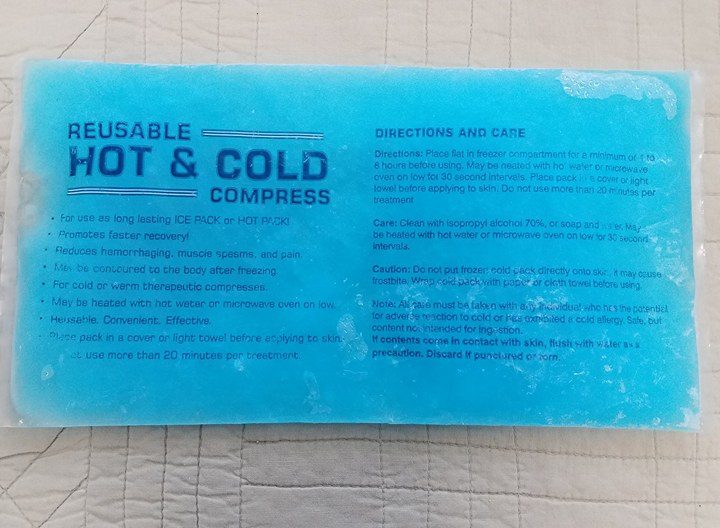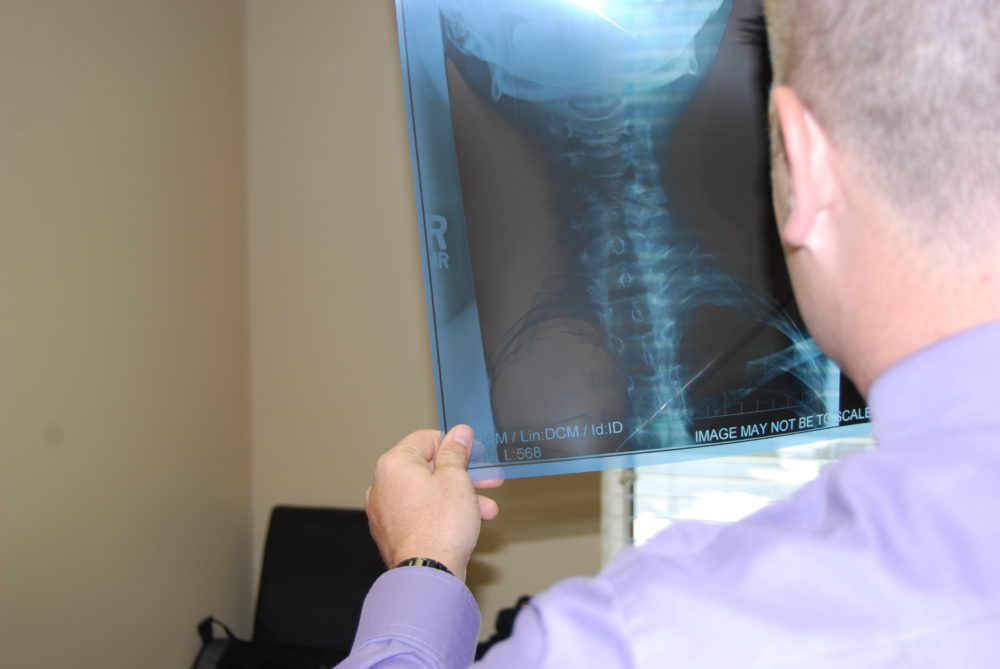Ice or Heat? This is the most common question regarding at home therapy for reducing pain that we hear in the office. Getting out of pain after being involved in a motor vehicle accident is important. Most people have experienced some sort of injury that requires additional care to reduce pain and inflammation as well as speed the healing process. Ice and heat therapies are common practices used because it is something the patient can easily do while home. The question that remains is: Which do I use, when, where, and for how long? Both therapies can be beneficial in certain situations. They can also provoke symptoms if applied at the wrong time.
General Rule #1: Ice is for acute injuries and heat is for chronic.
Swelling/inflammation is the body’s first response to an injury. An increase of blood flow to the area occurs to speed the healing process. Applying ice within the first 24 hours of an acute injury causes the blood vessels to contract, reducing inflammation and swelling. This also works as a pain reliever by numbing the nerves.
Ice and cold packs should be wrapped in a towel to avoid frostbite. It shoulder be held over the injury for 10-20 minutes every 2 hours for a day or 2. After 72 hours, heat application is generally recommended.

Once inflammation is down, heat may be applied to the problematic area. Heating pads will work, but moist heat tends to have better results. Towels soaked in hot water then applied or submersion into a tub allows an increase in blood flow to occur, leading to an increase in nutrition and oxygen to the injury. Muscle relaxation also is a nice benefit. For some individuals, specifically those with autoimmune conditions, uncomfortable swelling can occur while applying heat. If this happens to you, then it is recommended that ice therapy should be used indefinitely. When in doubt, whether the injury is acute, or chronic, ice is the best option.
At Synergy Chiropractic of Houston, we use ice to help dull pain in our initial therapies and cupping, a concept from acupuncture and Traditional Chinese Medicine (TCM), to introduce heat to painful areas following a motor vehicle accident.



